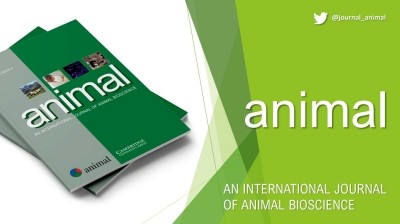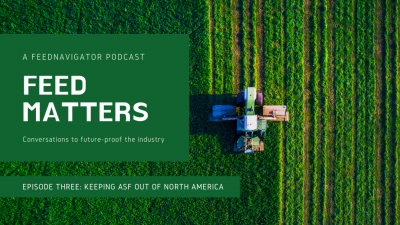US: Increased feed, agricultural research funding needed to prevent disease spread

The Supporters of Agricultural Research (SoAR) Foundation is calling for additional federal funding to be allocated to agricultural research to help prevent future problems said Tom Grumbly, SoAR president. If funding is not spent on innovation and prevention, it likely will have to be spent after a problem has occurred, he stressed.
“There have been two major examples in the last five years of animal diseases – one that did reach the US - avian flu - and one that we hope does not reach the US - African swine fever (ASF) virus,” he told FeedNavigator.
Following the avian flu epidemic in 2015, more than 10m birds were slaughtered and the US government had to pay about $1bn to indemnify producers, he added.
If even part of that money had been invested earlier on preventative approaches or on vaccine development, the authorities might not have had such financial comeback.
“With ASF, we’re using 19th-century tools to keep this disease, which has killed over 200m pigs in China, from entering the US,” Grumbly said. “If the virus comes to the US, it will cost us multiple tens of billions in federal dollars to deal with it."
“These are real-life examples of where incremental investments in the 10s and 100s of millions of dollars into agricultural research could produce a payoff,” he added.
SoAR does not provide funding for research. Instead, it advocates for public funding for research efforts.
Foundation science
Private funding in the feed and agricultural sectors has increased in the last 15 years, but public funding has a role to play in supporting foundation science, said Grumbly. Public funding is needed to support further research into animal genetics, for example. in order to prevent future disease outbreak. This kind of research may be too far removed from commercial reality to spur interest from private investors, he said.
“Our mission has been, and continues to be about getting more attention for and money into US agricultural science,” he said. “US agriculture, in some ways, has been a victim of its own success – the green revolution of the 1950s and 1960s dramatically increased the productivity of US farmers and ranchers and drove down the number of people who had to work in those professions. As a result, a whole lot of people … lost sight of agricultural science.
“In almost every state where we have major animal science programs, the amount of money in real terms is way below what it was 20 years ago – it’s a serious problem particularly when it comes to issues of animal disease and food safety,” he added.
Work being done in 2010 on ASF was halted to focus on other priorities as the disease was not considered to be a near threat for producers in the US at that time, he commented. “Now it is a threat and we just lately have got into the game. you’ve got to keep your fingers crossed that it won’t get into the US until some of the newer research investments pay off, because, if it does, we’re going to pay a huge price for having not invested $30m some ten years ago.”
Funding objectives
At one point, about 40% of the US research budget went to agricultural research now it’s about 2%.
“Relatively speaking we spend a couple of billion on publicly-funded agricultural research and we should be spending about double that,” he said.
SoAR is working to see that increased to about 5%, he said.
Looking at feed and animal production research specifically, additional investigations could be undertaken to generate more in-depth understanding of the function of the gut or microbiome and on the internal functioning of animals, Grumbly said. “That could produce substantial outcomes for animal health."
Research to improve how feed contamination is tackled or to enable innovation in grain storage would also be valuable, he said.
There needs to be a more joined up approach to ag research, he said, including greater integration in the work being carried out in US universities, land-grant institutions and extension services. Academic research also needs to connect to the work being done by producers, to see what common or current challenges could be addressed through science.















